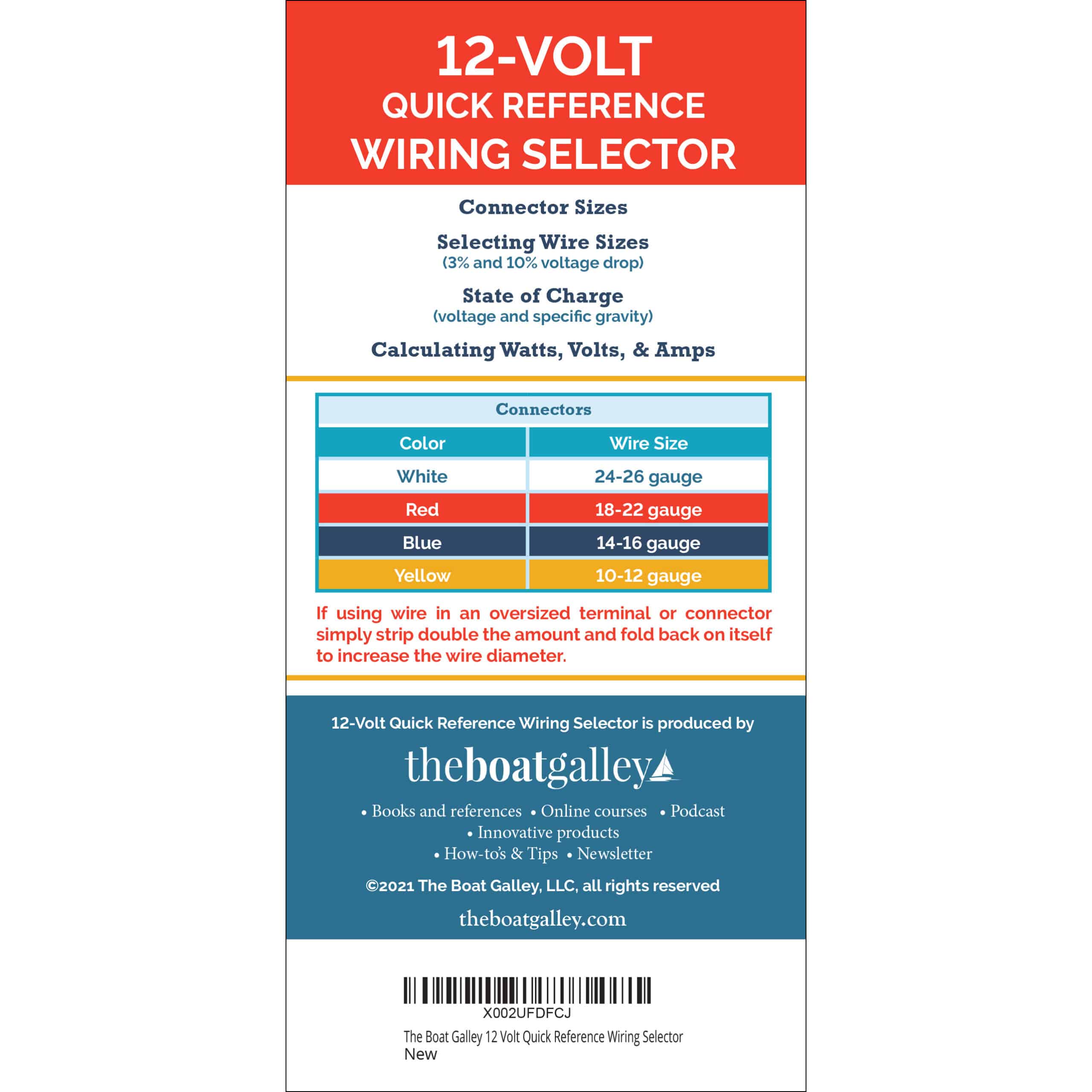When is it time for a boat renovation? Well, here’s what we decided. When Barefoot Gal was 19 years old her interior badly needed an update. She just looked tired. Well, maybe a bit beyond tired.
Boat Renovation Needs
The upholstery and foam were simply disintegrating. The teak had layers and layers of teak oil, which had turned black with mold — except where the previous owners had pictures on the wall; those places were much lighter. What should have been a gorgeous teak counter was stained with engine oil. The varnish on the floorboards was peeling and wearing off. Two floorboards had been damaged by water and had rotten places. The clock was severely tarnished and the barometer no longer worked. Even the throw pillows were falling apart.

Previous owners had done little to take care of the boat’s interior. I’m embarrassed to show how bad it was.





Priorities
We knew about all these problems when we bought Barefoot Gal four years ago — it was part of the reason that she was within our budget. It had always been part of our plan to renovate the interior, but the priority was to take care of the mechanical systems first. We ended up with a surprise partial engine rebuild that shot the budget our first winter, and the next winter we geared up to go to the Bahamas. Then Dave had some medical issues arise that we had to deal with. Last winter the Keys were recovering from Hurricane Irma. Finally, this summer was time to start tackling the inside . . . and it hadn’t gotten any better since we’d bought the boat.
Lots of plans to be made: what exactly did we want? What was the budget? How much of the work would we do ourselves?
Easy care was a major priority. Longevity another, as labor — both our own and hired — would be a major part of the cost. We wanted the interior to be light. And we wanted it to be comfortable and fit our lives. Oh, and dog-friendly.
In upcoming posts, I’ll detail the decisions we made, why we chose the products we did, how we went about the whole project, DIY tips for the portions we did, and then show how she looked when we completed the work.
Related Posts

Carolyn Shearlock has lived aboard full-time for 17 years, splitting her time between a Tayana 37 monohull and a Gemini 105 catamaran. She’s cruised over 14,000 miles, from Pacific Mexico and Central America to Florida and the Bahamas, gaining firsthand experience with the joys and challenges of life on the water.
Through The Boat Galley, Carolyn has helped thousands of people explore, prepare for, and enjoy life afloat. She shares her expertise as an instructor at Cruisers University, in leading boating publications, and through her bestselling book, The Boat Galley Cookbook. She is passionate about helping others embark on their liveaboard journey—making life on the water simpler, safer, and more enjoyable.
Your VHF can do so much! Learn how to use ALL its features for just $39:












Carolyn Shearlock says
The oils will feed mold. So if there are any mold spores in the air (and there always are), they’ll start reproducing when they land on the oiled wood.
Angela Lacey says
Just bought an older boat this year that had a lot of oiled teak in it…and a lot of black on it…I used teak cleaner on all of it and refinished it with cetol for teak…it is like a varnish in a honey color…gave my teak a lovely warm color and a finish that I can wipe and it doesn’t deteriorate
Carolyn Shearlock says
Congrats on the new boat! It’s fun to fix them up. I bet the inside looks SO much better for your effort😄
Many people use Cetol. Places that get high wear (handholds, etc.) will still need a periodic touch up — I haven’t found any finish that stands up to constant wear. My reason for going with Teak Guard instead is that water on Cetol (or varnish) can cause the finish to crack and the water to get underneath and start mold. Teak Guard is breathable and water simply evaporates over the course of a few days.
Angela Lacey says
Interesting…I will have to check into teak guard for the outside…my new old boat has teak inside but none outside so that is why I chose to go with cetol…the boat it replaced had teak inside and out…have had it for 30 years (will put it up for sale in the spring)and never had a problem with cetol on the inside but the outside teak did require regular upkeep with cetol to keep it nice…never had to touch the inside once it was done…i would think it probably makes a difference depending on the climate it is in too…our climate is quite dry and we don’t get a lot of damp weather
Carolyn Shearlock says
I’m sure that climate is a big factor. Dry sure helps for not getting mold and mildew!
Angela Lacey says
By the way…thank you so much for your Facebook page…I have so many things on my boat that have been recommended by the boat galley….and you have never steered me wrong…every product you have suggested that I have got has been an asset…the list is so long …much appreciated!
Carolyn Shearlock says
Thanks! That makes my day 😄
Carolyn Shearlock says
Boy, I’m not an expert at all on electric stoves, but hopefully someone else will chime in.
Sally says
We changed to induction stove on our yacht, heats fast, won’t catch fire if you drop a cloth on the hot plate by accident, easy to clean. We love it
Carolyn Shearlock says
Congrats on the new boat!! I wouldn’t use a natural stone product because of the weight, as well as its propensity to crack. I’d use a solid surface such as Corian or any of the similar products. Both our boats have had Formica and it’s been “okay” — less expensive to be sure but actually heavier than Corian because of the plywood that it is laminated to.
Brian Gates says
I think the best product is Neolith which is light and super durable. I think it is made out of porcelain.
Nancy Testa says
We are in the middle of that nightmare too. We replaced our electric, 1987 3 burner Princess stove/oven with one that was promised to be 17 years old and working perfectly.
Old stove had lost the three burners. The oven was great.
Turned out the “new” stove has 3 perfect burners and a brandy new oven interior…because it doesn’t work!
We made the decision to buy a salvaged, identical model stove instead of going the new route because our kitchen is perfect, and this one could just drop in. Clearly we should “drop” it into the bay!
So far we have learned:
1. “Working perfectly” meant that the oven switch only worked intermittently. Rough weather toggled it off when inconvenient, or on, as a nice surprise.
2. Replacing the oven switch was not enough. Should have replaced the toggle between all burners, and 2 burners and the oven. That just died this week, after a month of happy oven meals. 4th repair visit scheduled for Monday…
3. Buying it on eBay was not a good idea. Collecting on the insurance we bought has been complicated by the pandemic. Delivery was as expensive as the stove, because we didn’t feel safe driving to SC from FL because of the pandemic and husband’s immune system.
4. No one (except one very expensive man) wants to touch the stove.
In retrospect, we should have purchased a new stove and reworked the counters and cabinets. Probably would have be more cost efficient.
Carolyn Shearlock says
Unfortunately, no.
Carolyn Shearlock says
Wow! You’ve done a lot on the boat and I bet it’s looking great! Microfiber is a good choice, as it’s generally very stain-resistant (we had a microfiber sofa in a previous home). Water doesn’t hurt it, but if anyone is wearing a wet swimsuit have them sit on a towel as saltwater will attract mold and mildew.
If your beds are standard size, you can use regular bedding. If any are v-berths, I really recommend the special sheets from Quahog Bay. Their Cinch Fit works wonders.
Carolyn Shearlock says
If it’s disintegrating, I don’t know of anything to reverse the process.
Times Three says
We have been cruising in the Caribbean for 20 years and have found our comfort zone in using what product for what project. First, we never ever use Cetol. It builds up into an orange layer that is unsightly and requires way more work to strip than it’s worth.
Second, in reference to the question, wash the walls in a vinegar water solution twice a year and just before putting the boat away for the season. 50/50 water/vinegar.
Cheri says
Just be aware that with an induction stove you need cookware that is for induction cooking. If a magnet sticks to the bottom of the pan, it’s good to use.